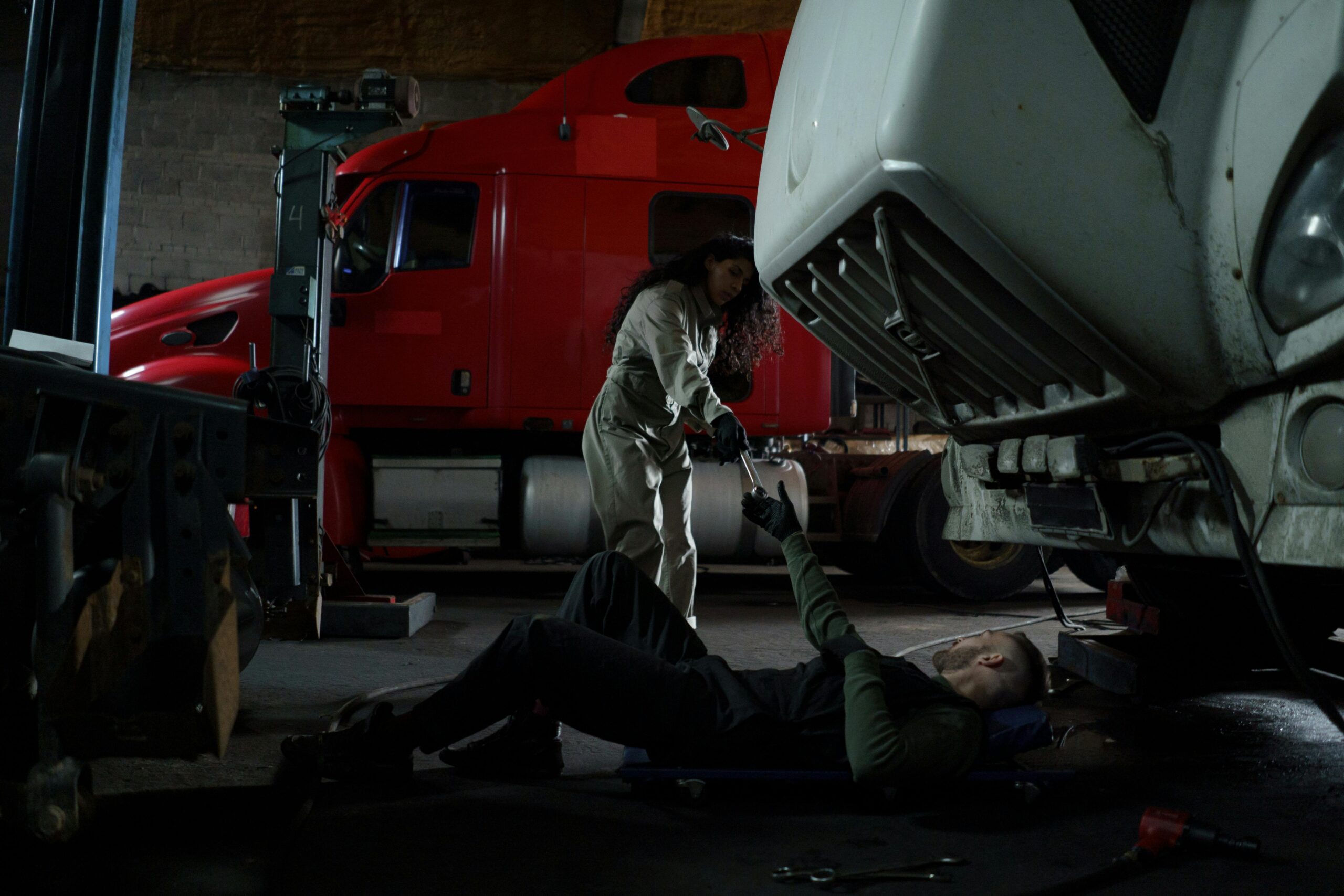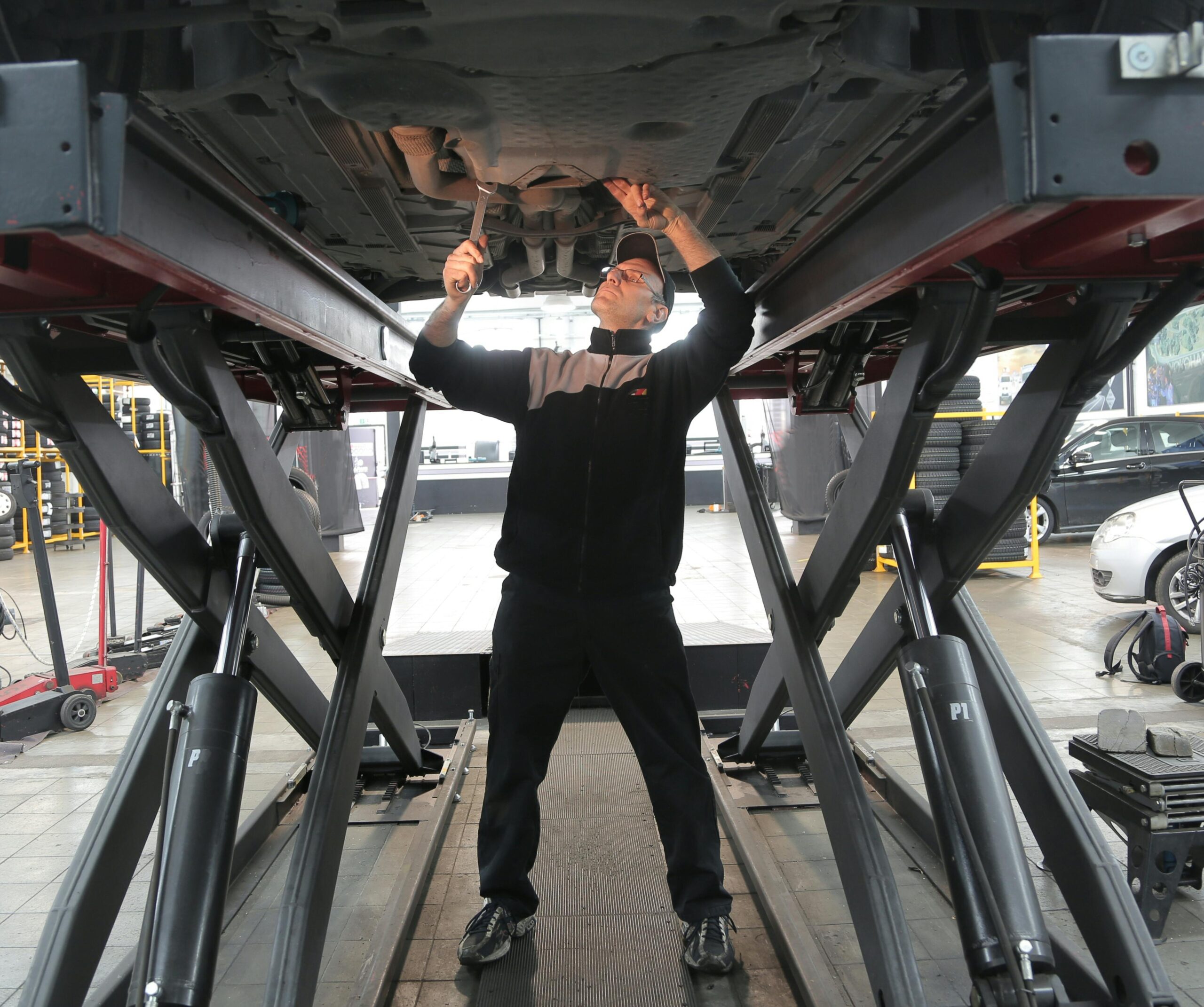In the dynamic world of transportation, semi-trucks play a critical role in the global supply chain.
With the vast distances they cover and the heavy loads they carry, ensuring their safety has been a primary focus for manufacturers, regulators, and industry stakeholders. As semi-trucks continue to evolve, the role of legal professionals, such as a Las Vegas truck accident lawyer, becomes increasingly important in addressing the complexities of truck-related incidents and advocating for victims’ rights.
The evolution of safety standards in semi-truck manufacturing reflects a broader commitment to reducing accidents, protecting drivers and other road users, and enhancing overall road safety. This article dives into how safety standards for semi-trucks have evolved over the decades, highlighting key developments and their impact on the industry.
Early Safety Standards: Foundation for Improvement
The origins of semi-truck safety standards date back to the early 20th century when trucking was a nascent industry. Initially, safety regulations were minimal and largely focused on basic vehicle requirements. As truck designs evolved, so did the need for more comprehensive safety measures. Early standards addressed fundamental aspects such as braking systems and tire specifications. However, it wasn’t until the 1950s and 1960s that more structured safety regulations began to emerge, driven by growing awareness of the risks associated with heavy-duty trucks.
The 1970s and 1980s: The Rise of Federal Regulations
The 1970s marked a significant shift in safety standards with the establishment of more rigorous federal regulations. In the United States, the Federal Motor Carrier Safety Administration (FMCSA) was created in 1967 to oversee trucking safety. This era saw the introduction of mandatory safety features, including:
- Anti-lock Braking Systems (ABS): First introduced in the late 1970s, ABS became a standard safety feature to help prevent wheel lockup during braking, reducing the risk of skidding and maintaining vehicle control.
- Improved Lighting: Regulations were introduced to ensure better visibility, with requirements for more robust and reliable lighting systems, including turn signals and reflective materials.
- Enhanced Cargo Securement: New rules were implemented to ensure that cargo was securely fastened, reducing the risk of cargo shifting or falling off during transit.
These regulations laid the groundwork for a culture of safety in trucking, emphasizing the importance of both vehicle technology and operational practices.

The 1990s and Early 2000s: Technological Advancements and Safety Innovations
The 1990s and early 2000s brought a wave of technological advancements that further enhanced semi-truck safety. During this period, safety standards began to incorporate more sophisticated technologies and design improvements:
- Electronic Stability Control (ESC): ESC systems, introduced in the late 1990s, help prevent skidding and rollovers by automatically applying brakes to individual wheels, aiding drivers in maintaining control during challenging driving conditions.
- Collision Avoidance Systems: Early versions of collision avoidance systems, including forward collision warning and automatic braking, were developed to alert drivers of potential collisions and reduce the severity of accidents.
- Driver Assistance Technologies: Innovations such as lane departure warnings and adaptive cruise control began to be integrated into semi-trucks, providing drivers with additional tools to avoid accidents and maintain safe driving practices.
These advancements marked a shift towards proactive safety measures, focusing on preventing accidents before they occur.

The 2010s and Beyond: Embracing Autonomous and Connected Technologies
The 2010s saw an acceleration in the development and implementation of autonomous and connected technologies. The focus on enhancing safety through innovation became more pronounced, with several key developments:
- Autonomous Vehicles: The industry began exploring autonomous driving technologies, with several manufacturers testing self-driving semi-trucks equipped with advanced sensors, cameras, and artificial intelligence. These technologies aim to reduce human error and improve overall road safety.
- Vehicle-to-Everything (V2X) Communication: V2X technology allows semi-trucks to communicate with other vehicles, infrastructure, and even pedestrians. This connectivity helps in improving situational awareness, coordinating traffic flow, and preventing collisions.
- Advanced Driver Assistance Systems (ADAS): Modern semi-trucks are equipped with a suite of ADAS features, including automatic emergency braking, blind-spot monitoring, and adaptive cruise control. These systems work together to enhance driver safety and reduce the likelihood of accidents.
- Increased Emphasis on Driver Health: Recognizing the critical role of driver well-being, new standards and technologies are focusing on monitoring driver fatigue and health. Systems that track driver alertness and provide real-time feedback are becoming increasingly common.

The Future of Semi-Truck Safety Standards
Looking ahead, the future of semi-truck safety standards will likely be shaped by continued advancements in technology and evolving regulatory frameworks. Key areas of focus include:
- Enhanced Integration of AI and Machine Learning: AI-driven systems will play a pivotal role in further improving safety, with capabilities such as predictive maintenance, real-time hazard detection, and adaptive driving strategies.
- Greater Emphasis on Sustainability and Safety: As the industry moves towards greener technologies, integrating safety with sustainability will become increasingly important. Electric and hydrogen-powered semi-trucks will need to meet new safety standards tailored to their unique characteristics.
- Global Harmonization of Safety Standards: With the globalization of the trucking industry, there will be a push towards harmonizing safety standards across different regions to ensure consistency and effectiveness in safety practices.
The evolution of safety standards in semi-truck manufacturing reflects a continuous effort to enhance road safety, driven by technological advancements, regulatory changes, and a deeper understanding of the risks involved. From the early days of basic safety requirements to the cutting-edge technologies of today, each phase of development has contributed to making semi-trucks safer for drivers and all road users. As the industry moves forward, ongoing innovation and a commitment to safety will remain essential in shaping the future of semi-truck manufacturing.






